Streamlining is support, not coercion
For many years, the target of channeling 40% of secondary school students into vocational training has not been achieved. In your opinion, where does the problem lie?
Dr. Hoang Ngoc Vinh: The policy of streaming is correct, but setting the target of “40% vocational training” after secondary school is wrong. This coercion ignores social reality – where the needs, circumstances, and learning motivations of students and their families are very diverse.
Many students want to have a high school diploma, then learn a trade, work or continue their studies. Meanwhile, vocational schools are not attractive enough, and the quality of training is not commensurate. The outdated educational system is also the underlying cause of the failure of the rigid stream.
 |
Dr. Hoang Ngoc Vinh - former Director of the Department of Vocational Education ( Ministry of Education and Training ), consultant on drafting the Law on Vocational Education (VET) |
Need to re-understand the concept of streaming
According to you, how should the concept of "streamlining" be understood?
Dr. Hoang Ngoc Vinh: Streaming is not just about “where to go after grade 9”. It is a flexible lifelong learning process, where learners can choose and switch between study – work – re-study paths.
Vocational training is not just about learning in vocational schools. It can be learning in companies, learning through digital platforms, accumulating skills informally. Students who drop out of school for 5–7 years and then return to vocational training are still part of the stream.
In developed countries, no one imposes proportional streaming. They build open learning ecosystems where every path is valuable.
Shifting from “distribution” to “ecosystem” thinking
So, what needs to change in current policy?
Dr. Hoang Ngoc Vinh: We need to shift from the narrow mindset of “dividing proportions” to the mindset of creating a learning ecosystem. First of all, we need to amend the Law on Education and the Law on Vocational Education, recognizing streaming as lifelong learning, not limited to age or grade level.
An important solution is to develop an integrated vocational high school model – both teaching vocational skills and ensuring core general knowledge such as math, foreign languages, and digital skills. This is what countries like South Korea and Germany have done.
Big mistakes in the 2014 Vocational Education Law
There was a time when we encouraged vocational training and created the 9+1 and 9+2 systems to cater to students who wanted to get a secondary school diploma. Why has this policy not been successful and the training is still at a standstill, sir?
Dr. Hoang Ngoc Vinh: I think this is a big mistake of the 2014 Vocational Education Law. Students in the 9+1 and 9+2 systems are often not old enough to work, and lack the basic general knowledge to learn a proper profession. The result is low quality, blocked connections, and no attraction.
There is almost no such short-term intermediate training model in the world . All countries train according to the 9+3 system, ensuring output standards and degrees equivalent to high school.
Vocational training is not a second choice.
There is a proposal to change the stream from after junior high school to after high school to reduce the pressure of the 10th grade exam. What do you think?
Dr. Hoang Ngoc Vinh: This opinion is partly correct. Many students cannot attend high school due to difficult circumstances, the State needs to have policies to help them learn vocational skills. But most students still want to attend high school to then go to work, learn a trade or continue to university.
In the age of AI and digital transformation, vocational skills learned today may become obsolete tomorrow. Therefore, high school foundation – especially lifelong learning skills – is very important. Vocational high school cannot be considered as high school career guidance – this is fundamentally wrong.
Amending the law to improve vocational education
As an expert in drafting the Law on Vocational Education, what suggestions do you have for the next law revision?
Dr. Hoang Ngoc Vinh: It is necessary to amend the law in the direction of eliminating levels in the education system, creating conditions for learners to flexibly move between school and the labor market.
The most important thing is to legalize equality between high school and vocational high school, so that vocational training is no longer the second choice. The name of the diploma should be unified as “high school diploma”, integrating both cultural subjects and vocational skills.
In particular, it is necessary to eliminate intermediate level from the national education system. No country will have “intermediate school” in the official system. This will make the system transparent, easy to understand, and suitable for the market.
In short, the Education Law and the Vocational Education Law have mechanisms to create an open education system that meets the diverse needs of everyone. Avoiding imposing an administrative-style streaming ratio that does not discriminate against students like in the "subsidy" period is ruining the country's strategy for training high-quality human resources.
Thank you!
Source: https://tienphong.vn/phan-luong-sau-thcs-huong-di-moi-hay-loi-re-cut-cua-hoc-sinh-post1759040.tpo



![[Photo] Politburo works with the Standing Committees of Dong Thap and Quang Tri Provincial Party Committees](https://vphoto.vietnam.vn/thumb/1200x675/vietnam/resource/IMAGE/2025/9/8/3e1c690a190746faa2d4651ac6ddd01a)
![[Photo] General Secretary To Lam chaired the Politburo's working session with the Standing Committees of Party Committees of Central Party agencies.](https://vphoto.vietnam.vn/thumb/1200x675/vietnam/resource/IMAGE/2025/9/9/8343386e1e8f43c6a3c0543da7744901)


![[Photo] Politburo works with the Standing Committees of Vinh Long and Thai Nguyen Provincial Party Committees](https://vphoto.vietnam.vn/thumb/1200x675/vietnam/resource/IMAGE/2025/9/8/4f046c454726499e830b662497ea1893)

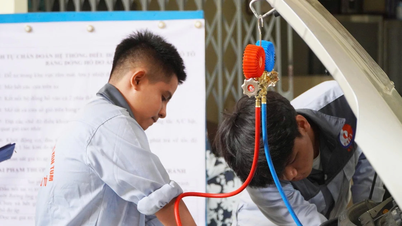

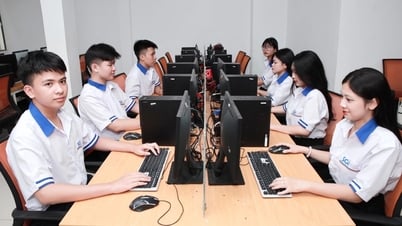

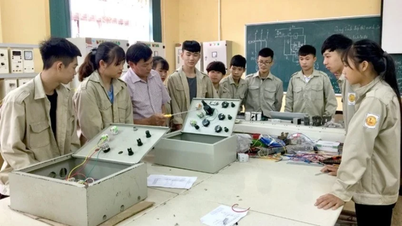


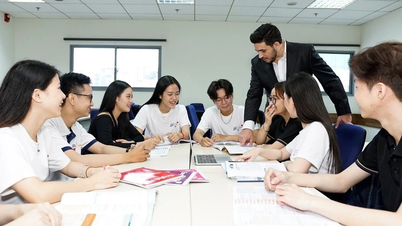
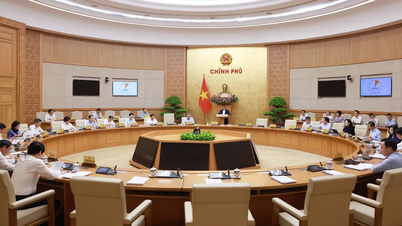




















![[Photo] Politburo works with the Standing Committees of Phu Tho and Dong Nai Provincial Party Committees](https://vphoto.vietnam.vn/thumb/1200x675/vietnam/resource/IMAGE/2025/9/8/f05d30279b1c495fb2d312cb16b518b0)






















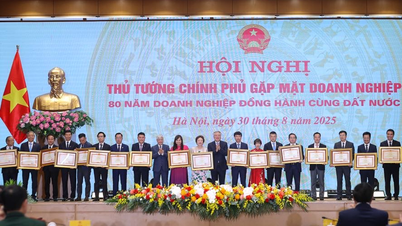











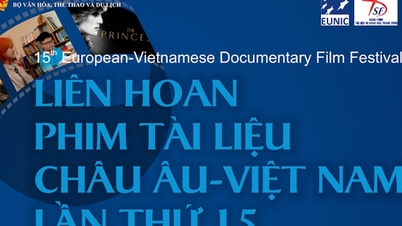
























Comment (0)